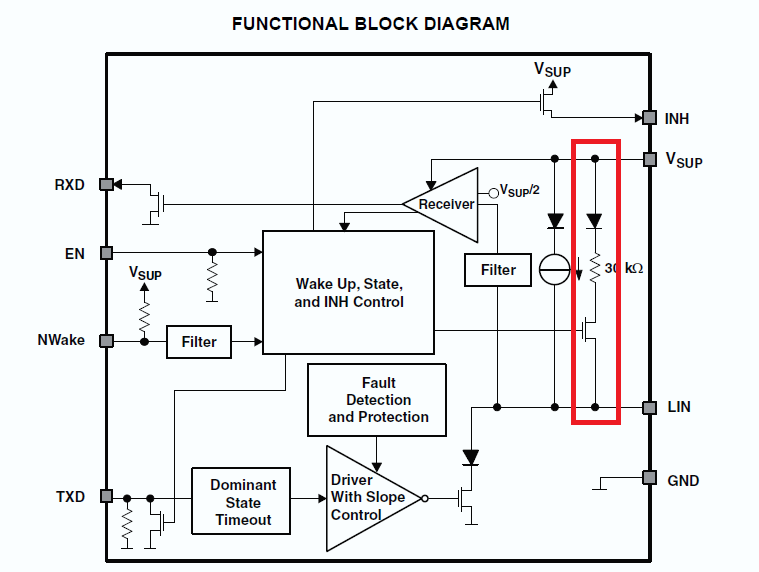Hi all.
I have two questions about the supply current of SN65HVDA100-Q1.
The data sheet P.12 shows the supply current in the case of 4.10 .
I would like to know the supply current of sleep mode at 14V<Vsup<27V,LIN=0V,
NWakw=Vsup,EN=0V,TXD and RXD floating.
This value is very important for our customer to select the LIN transceiver.
Our customer expects Isup(4.10)<50uA.
And please tell me the calculating formula of Isup.
Can we calculate the Isup by the formula of note(3)?
Best Regaeds,
Sho Ogane
-
Ask a related question
What is a related question?A related question is a question created from another question. When the related question is created, it will be automatically linked to the original question.


